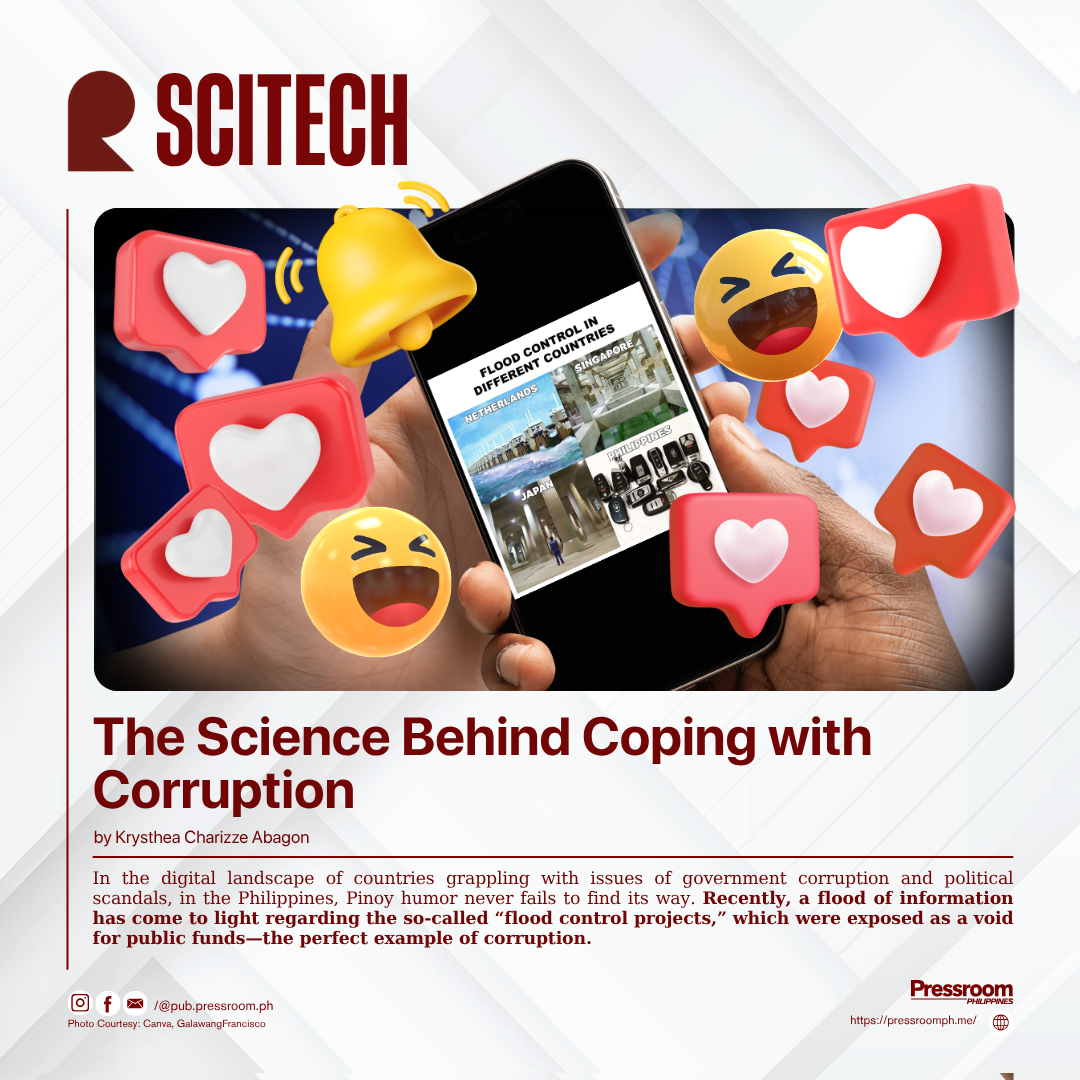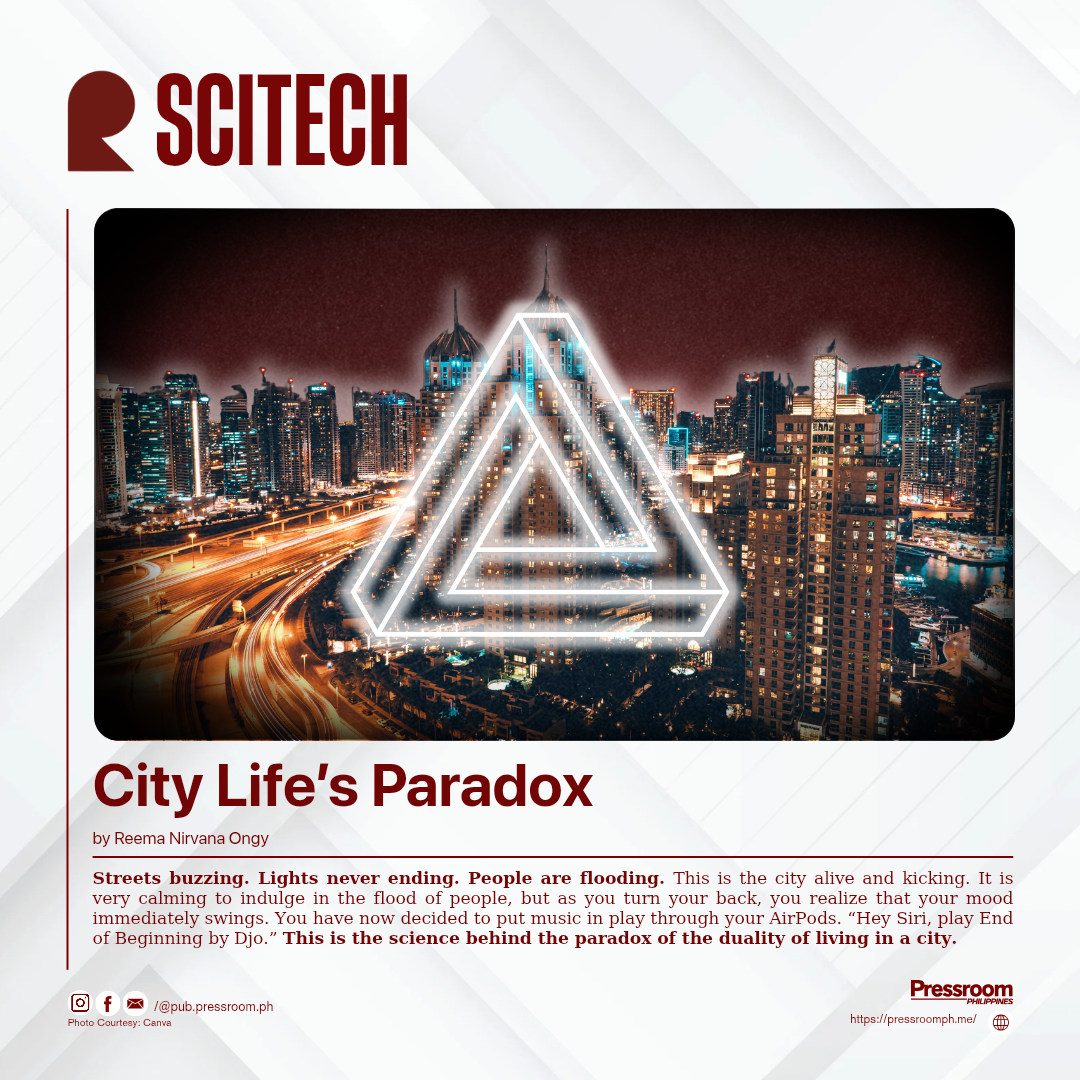𝘃𝗶𝗮 𝗝𝗮𝗺𝗲𝘀 𝗩𝗶𝗻𝗰𝗲𝗻𝘁 𝗗. 𝗜𝗻𝗳𝗮𝗻𝘁𝗲, 𝗣𝗿𝗲𝘀𝘀𝗿𝗼𝗼𝗺 𝗣𝗛
On June 14, 2025, a cloud formation above Naga City, Camarines Sur, sparked widespread attention after parishioners claimed to have seen the image of Jesus Christ in the sky following a Mass at the Minor Basilica of Peñafrancia. Videos and photographs quickly circulated online, garnering 5.3 million views and 269,000 reactions on Fox News alone. For a country deeply rooted in Catholic beliefs, this moment stirred powerful emotions.
However, to fully understand the phenomenon, one must examine it not only through faith but also through the lenses of meteorology, psychology, and theology.
From a scientific standpoint, the sky was reported to be dark before the alleged apparition, suggesting the presence of nimbostratus clouds — thick, gray, rain-bearing formations that stretch across wide areas. These clouds often break apart or thin as weather conditions shift, allowing sunlight to shine through in irregular patches. Such breaks can result in striking light patterns and shadows, which, under specific conditions, may appear to resemble faces or figures.
The image in the sky can also be attributed to pareidolia, a psychological phenomenon where the brain detects familiar patterns — especially faces — in random stimuli. This trait evolved as a survival mechanism, helping early humans quickly recognize faces. In modern life, it explains why people see shapes in clouds. When combined with an emotionally charged environment, such as a spiritual gathering, pareidolia can easily lead to experiences interpreted as divine signs.
Cultural context further strengthens this interpretation. Naga City is known as the Pilgrim City of Bicol and is home to the annual Peñafrancia Festival, one of the largest religious events in the Philippines. Deep religious devotion surrounds the city, making it more likely that a visual phenomenon like a cloud pattern would be understood through a spiritual lens, especially in a country where Catholic faith remains a powerful cultural force. This collective faith tradition can heighten emotional responses to natural occurrences, reinforcing the significance even of a simple cloud.
From a theological perspective, the Catholic Church distinguishes between public revelation and private revelation. Public revelation is considered complete with the life of Jesus and the teachings of the Apostles. Private revelations — such as visions of Jesus or Mary — may be personally meaningful but are not binding on the faithful. The Church teaches that any such event must be carefully examined to ensure it does not contradict doctrine and often encourages natural or psychological explanations to be considered first.
Interestingly, the Mandela Effect also offers insight into how collective memory forms around events. This phenomenon describes how groups of people remember events differently from how they actually occurred, often due to repeated retellings or media reinforcement. Named after the mistaken belief that Nelson Mandela died in prison in the 1980s, the effect highlights how memory can be shaped by suggestion and emotion. In the case of the Naga apparition, even those who did not witness the formation may later recall it vividly due to social media exposure and community storytelling.
Understanding how clouds form and dissolve further demystifies the event. Nimbostratus clouds form when moist air rises and cools, causing water vapor to condense. These clouds can break apart when atmospheric pressure rises or when the surrounding air becomes warmer and drier. The resulting evaporation creates gaps, and the light that filters through can momentarily highlight formations that, to the human eye, appear supernatural.
In conclusion, whether the image seen in the sky above Naga was an apparition or a mere misconception depends largely on one’s perspective. Scientifically, it aligns with known weather patterns, cloud behavior, and human cognitive tendencies. Theologically, the Church allows room for private spiritual experiences while urging caution and discernment. Psychologically, pareidolia and the Mandela Effect explain why such events are felt deeply and remembered vividly.
Regardless of its origin, the apparition serves as a reminder of how nature, faith, and perception intersect — proving there is beauty in the world, sometimes in the most unexpected ways.
.png)





